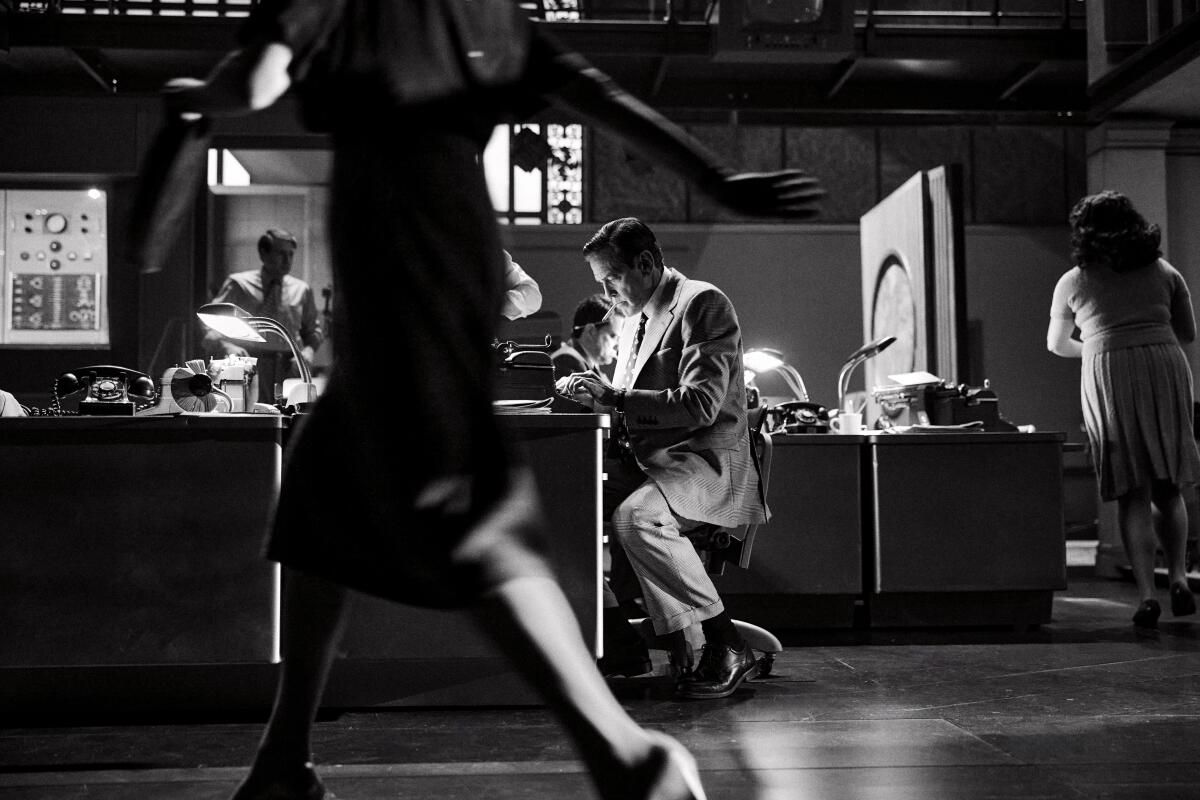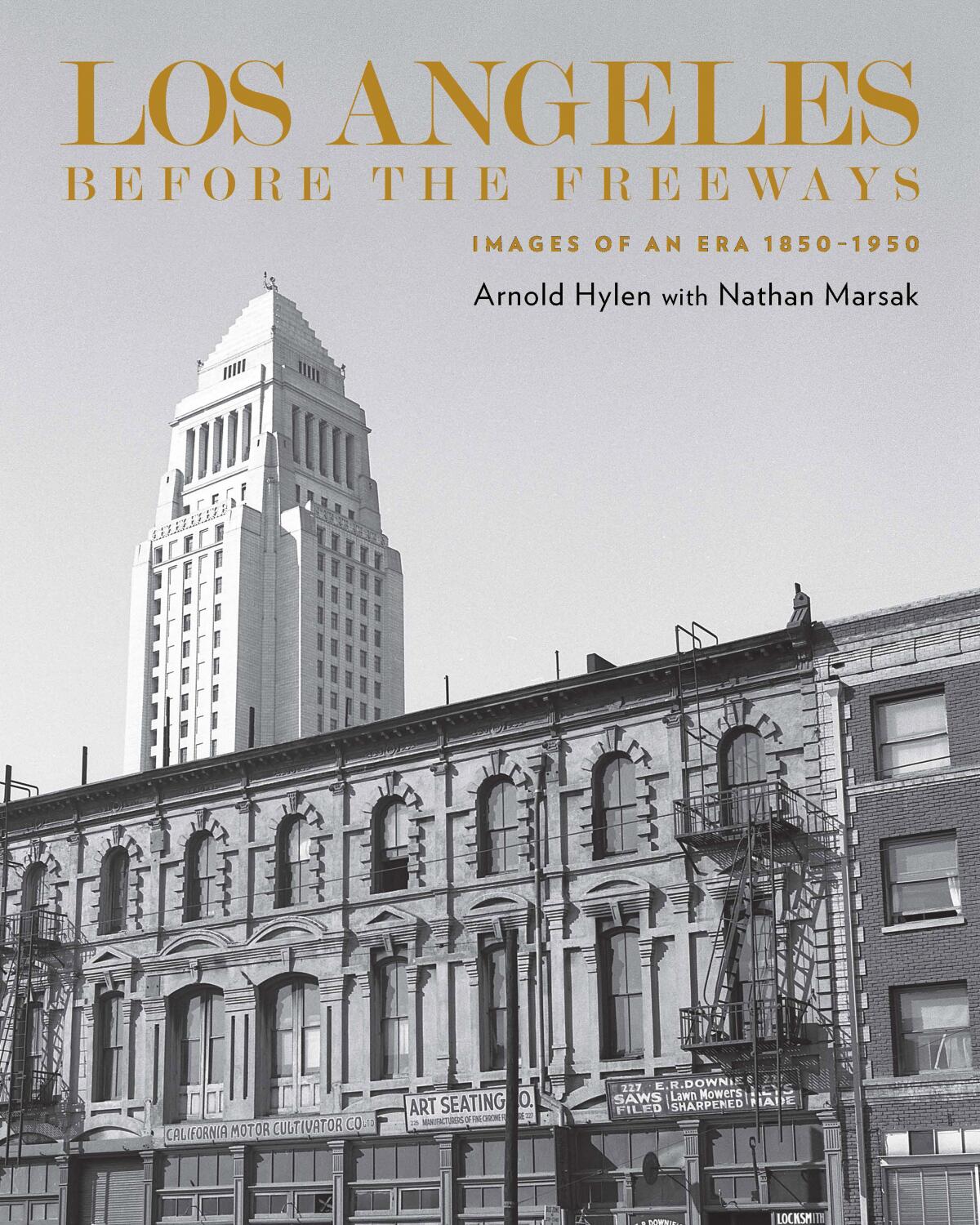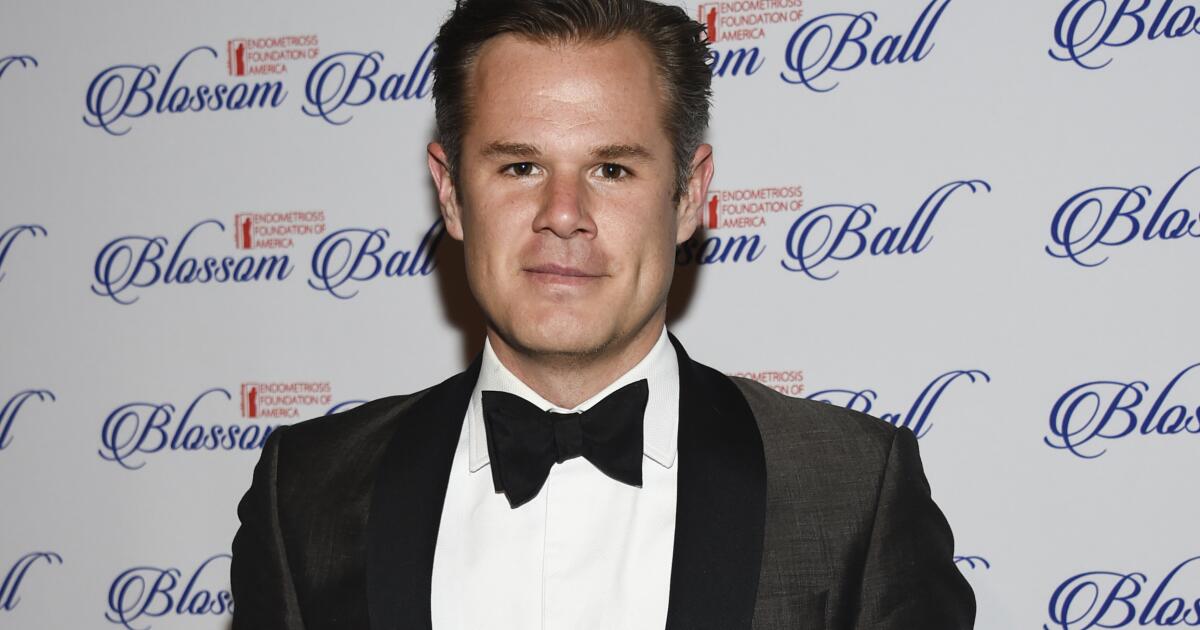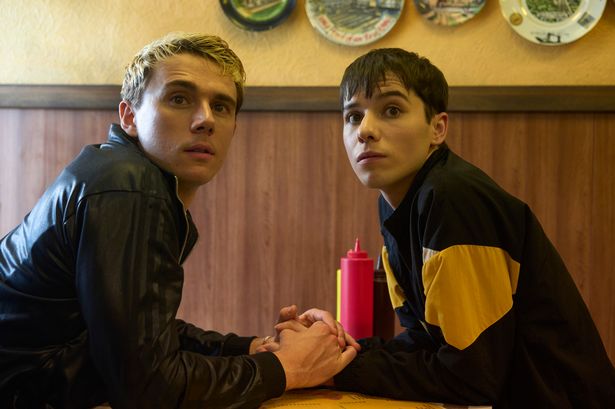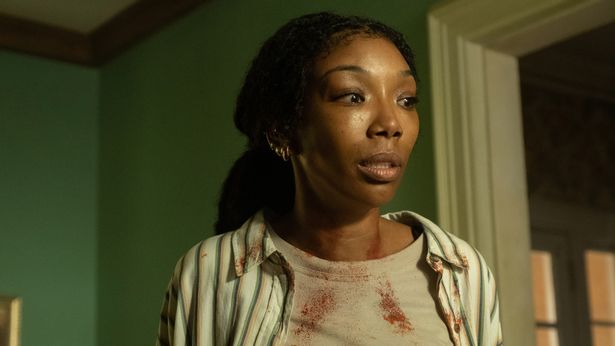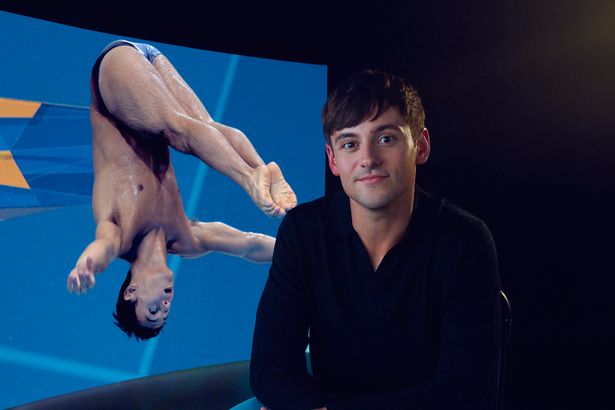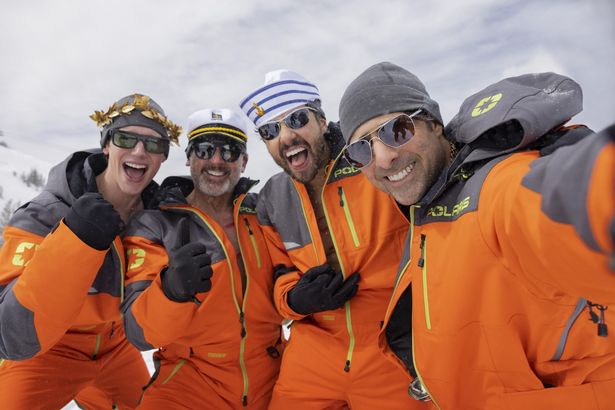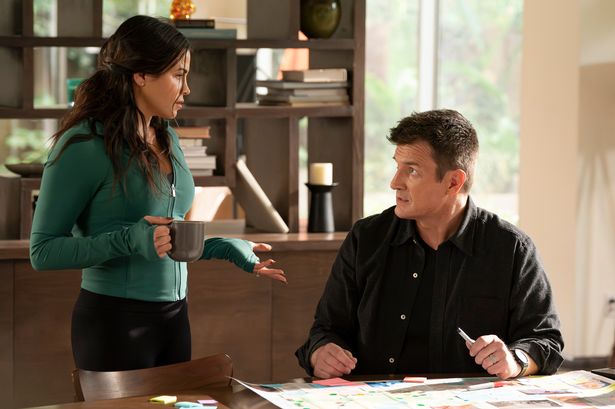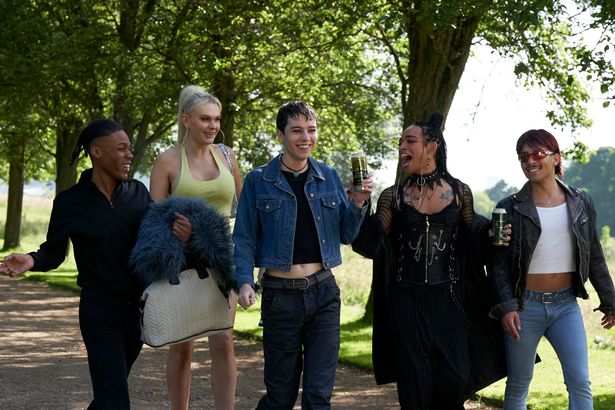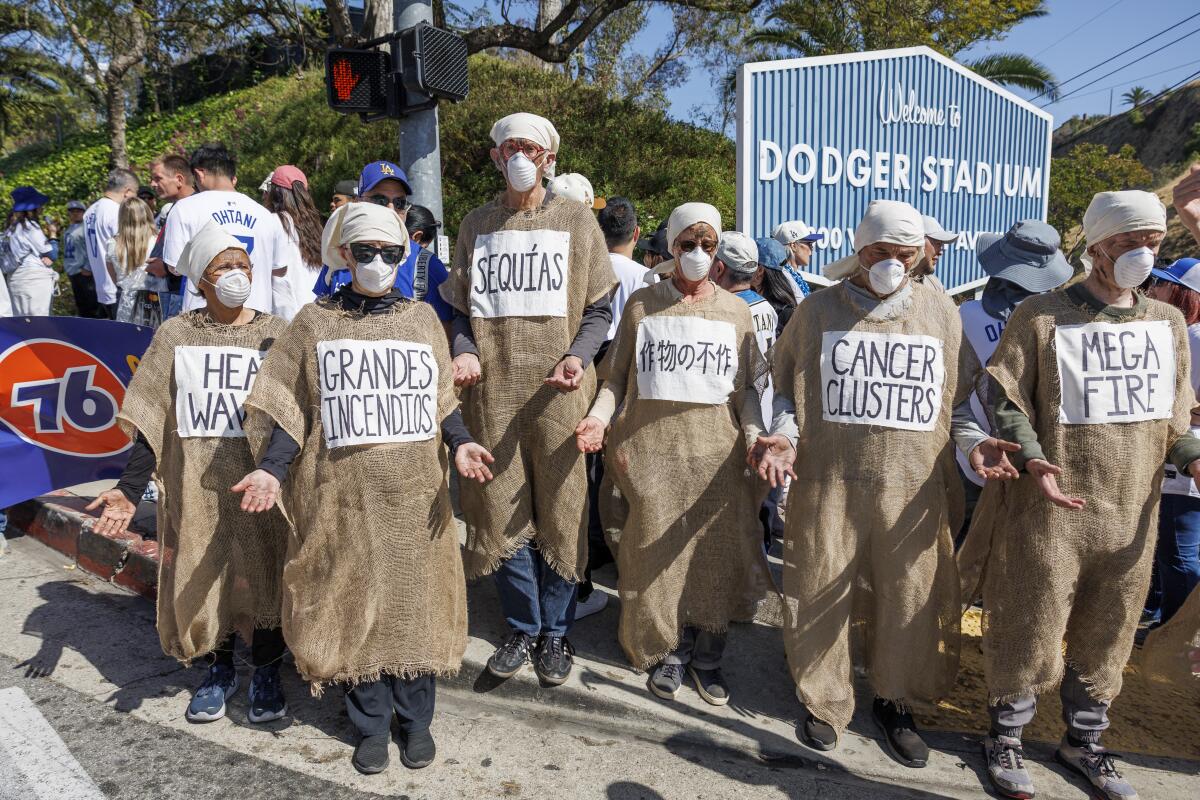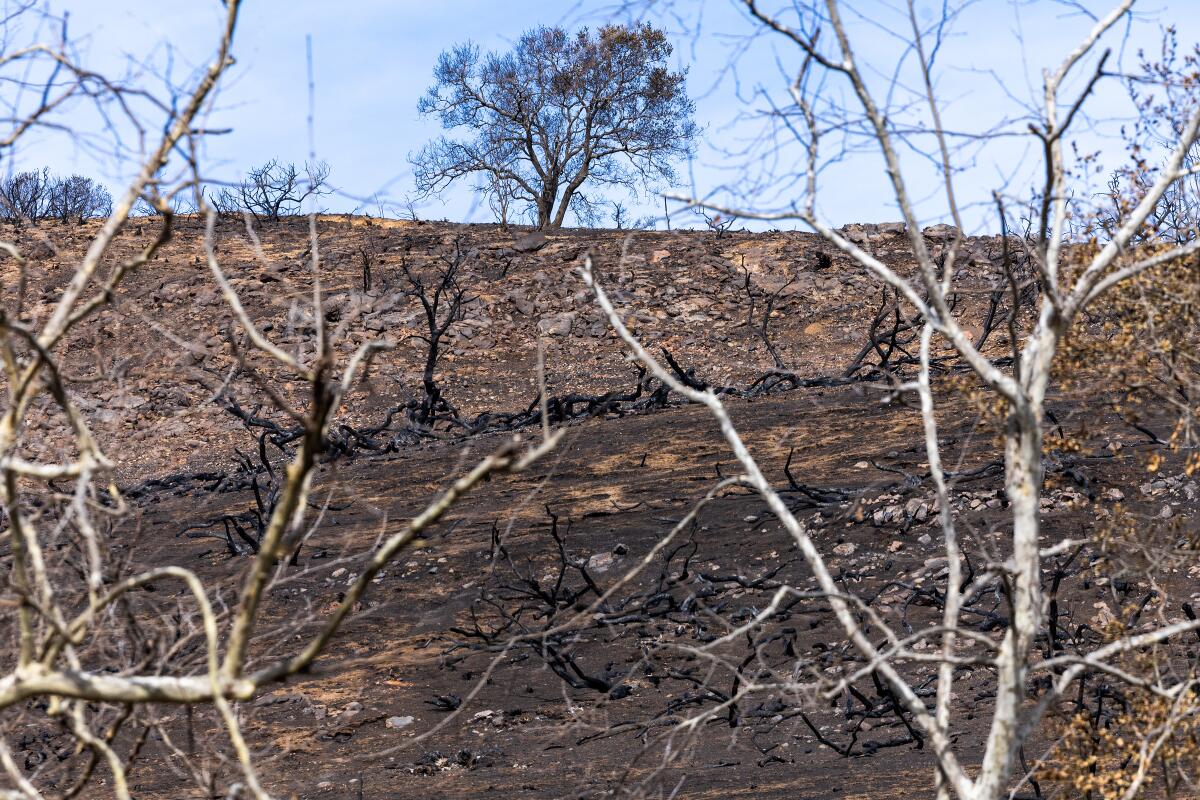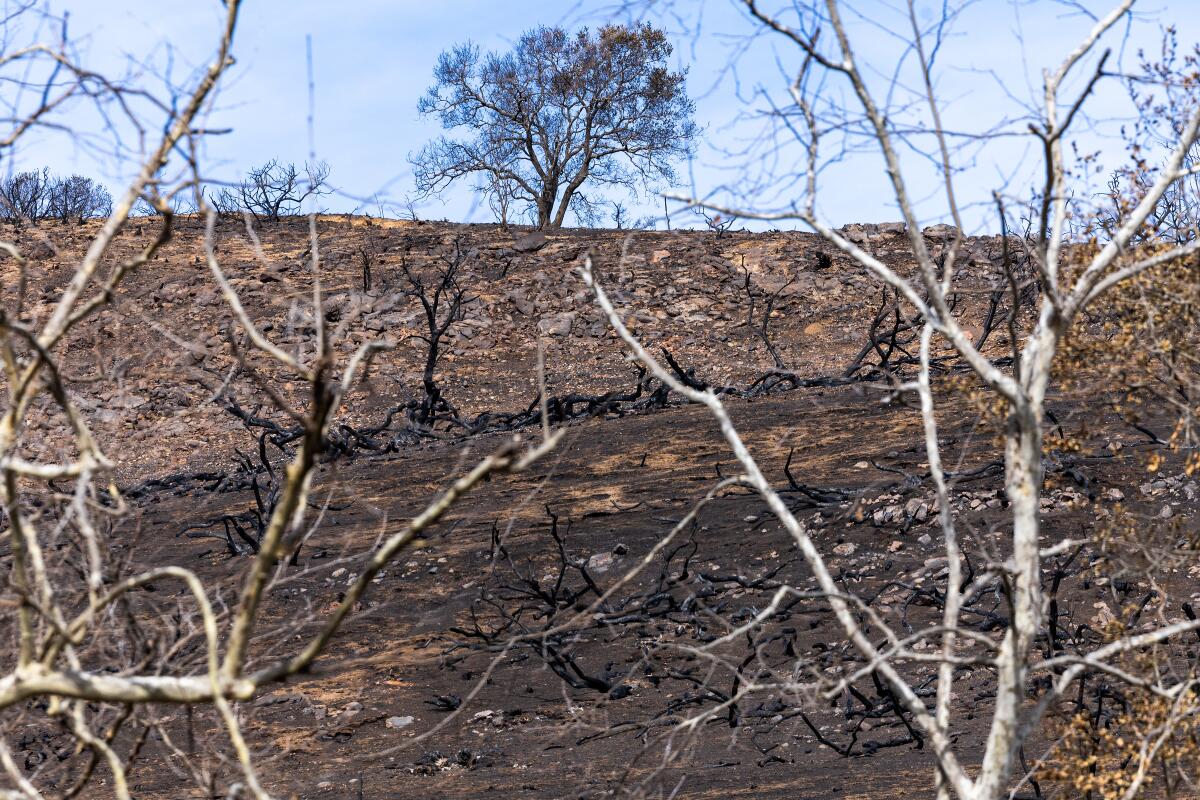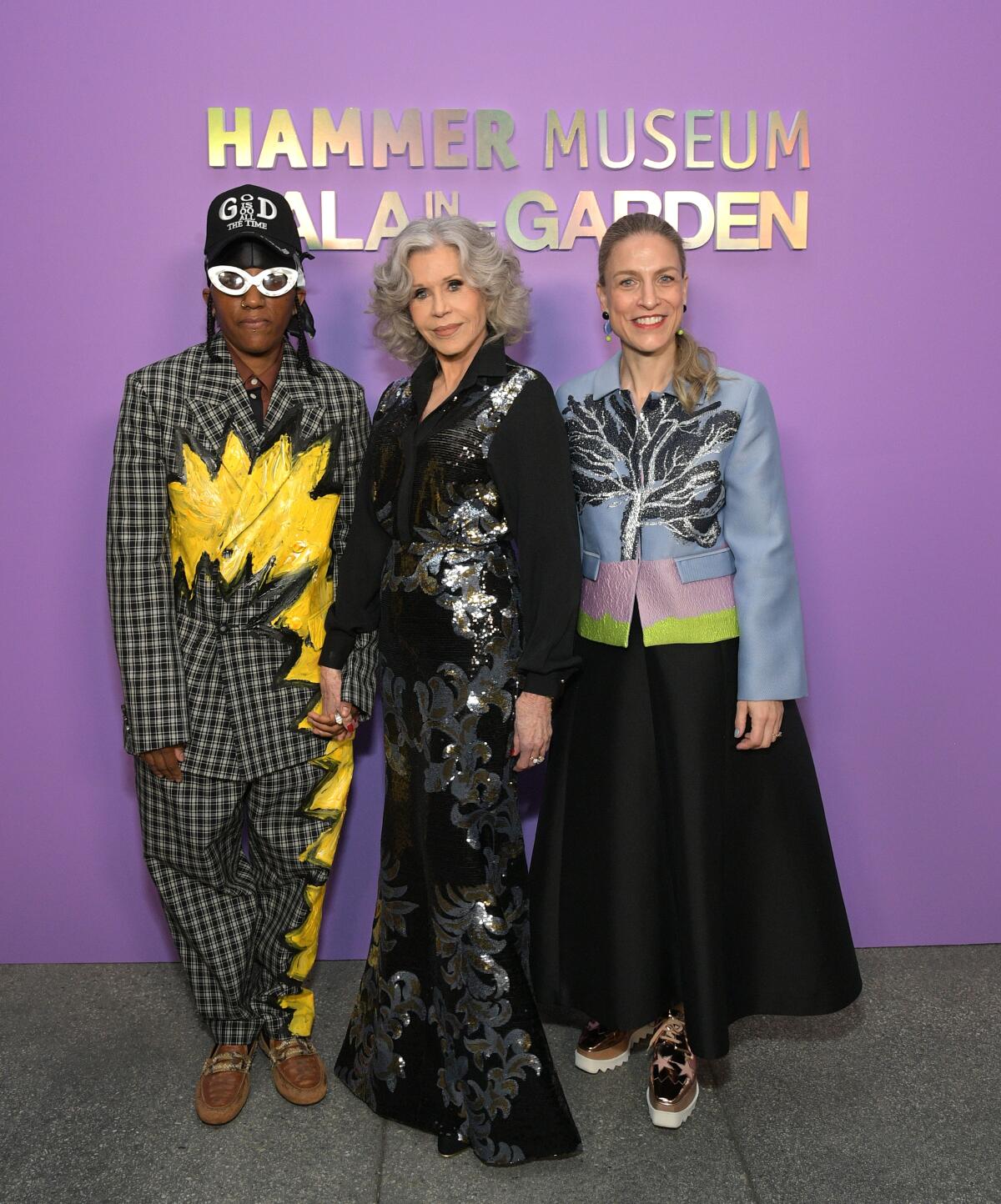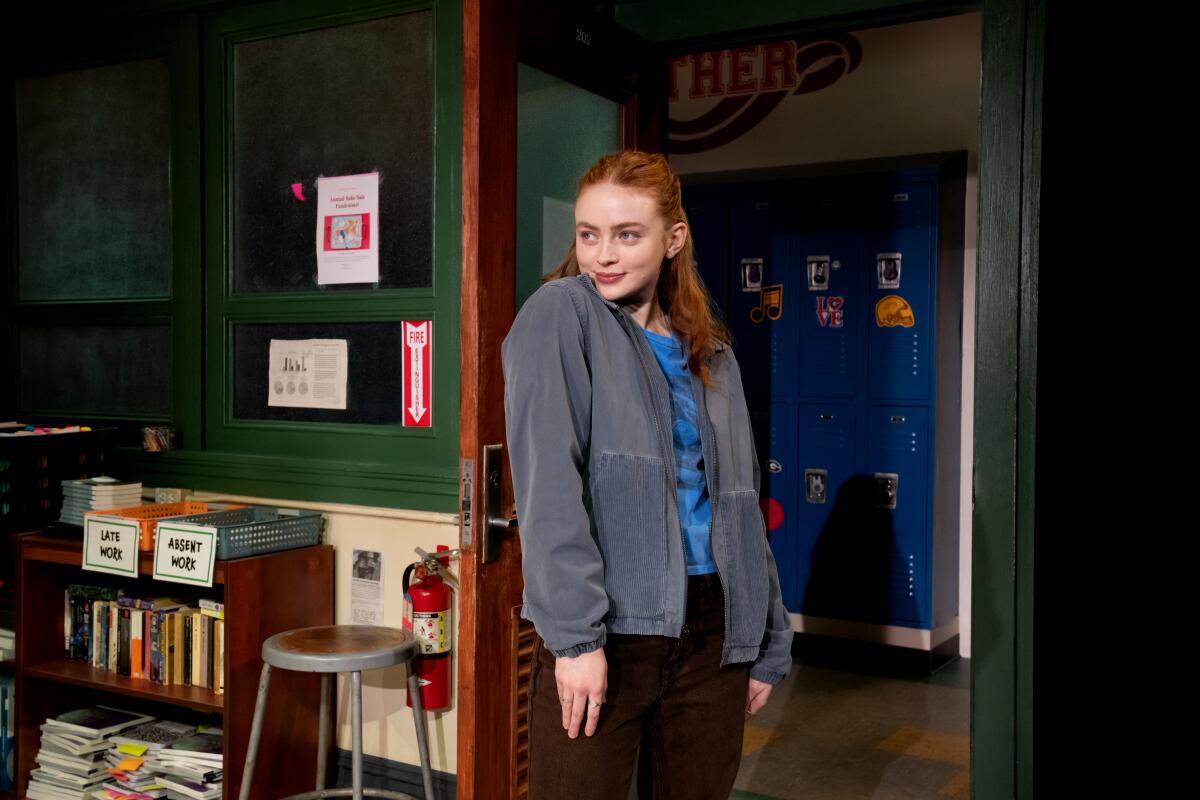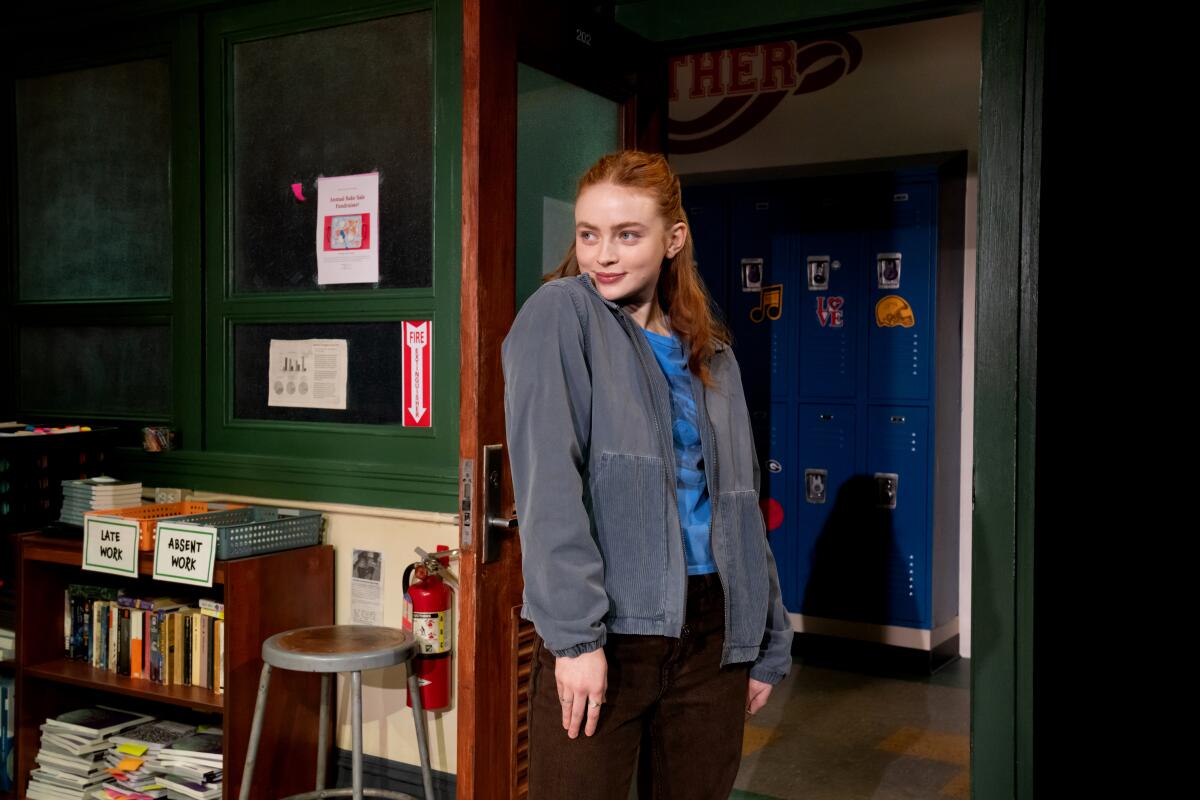Fresh storylines are waiting TV fans this week, with new series hitting screens and streaming platforms alike. From powerful documentaries to suspenseful dramas, get the lowdown.
Ups and downs are ahead for drama lovers with new action-packed shows being released this week – but that’s not all the TV landscape brings.
Channel 5 dedicates a documentary to the royal family feud between Prince Harry, Prince William and King Charles III, recalling the trio’s tense conversation at Sandringham following Harry and Meghan’s decision to leave the Firm.
Over on Channel 4, former motorcycle racer Guy Martin embarks on road trip across Vietnam, while Matt Baker pays tribute to the people behind the UK’s bustling life.
Discovery +, on the other hand, delivers a compelling feature about Olympic champion and LGBTQ+ icon Tom Daley – from his beginnings as a young diving whizz to his life with his loved ones. Here’s everything you should keep an eye on.
READ MORE: Large family tent that’s ‘easy to assemble’ drops from £1,100 to £275 in time for summer
Crisis At Sandringham Summit
Saturday, C5
The royal walls shook in 2020 – now Crisis at Sandringham Summit reveals the explosive fallout that fractured The Firm. With Harry and Meghan’s bombshell exit still reverberating, this documentary explores the aftermath of that infamous family meeting.
Featuring gripping dramatisations, royal insiders and top-tier journalism, it digs deep into the tension between Prince Harry, his brother Prince William and their father, King Charles.
What really happened behind closed doors? And how did one discussion spark a global media frenzy? Prepare for a compelling look into palace drama that’s more explosive than fiction.
The Front Room
Saturday, Sky Cinema Premiere & NOW
A sinister houseguest, a haunted pregnancy and a chilling secret – Brandy Norwood stars as Belinda in this taut psychological thriller that will twist your nerves into knots.
When Belinda welcomes her creepy stepmother-in-law into the family home, things spiral fast into gothic terror for her and her husband Norman (Andrew Burnap).
Based on Susan Hill’s short story, The Front Room is a slow-burn descent into paranoia, grief and maternal instinct gone primal. Expect fiendish secrets, surreal horror and tension that’ll cling to your skin like fog long after the credits roll.
Our Guy In Vietnam
Sunday, C4
Guy Martin heads to Vietnam for a riveting, three-part road trip across war-scarred land and a fast-moving culture. From riding the Ho Chi Minh Trail to triggering a dormant bomb, Our Guy In Vietnam unpacks a nation’s trauma with heart and horsepower.
This isn’t your usual history lesson – it’s culture, tech and memory through a mechanic’s lens. Fifty years after the war ended, Vietnam’s resilience roars back to life in this loud, smart and surprising journey.
Tom Daley 1.6 seconds
Sunday, Discovery+
In just 1.6 seconds, Tom Daley must deliver perfection. This gripping documentary follows the Olympic diving legend and LGBTQIA+ trailblazer as he reflects on a lifetime of pushing limits.
With never-before-seen footage and heartfelt interviews with his family, Tom Daley: 1.6 Seconds dives deep into the victories, heartbreaks and pressures behind the podium.
From teenage prodigy to global icon, Tom lifts the lid on the grit that comes with the gold. But more than a sports story, it’s a portrait of resilience and the quiet power of becoming your truest self.
C*A*U*G*H*T
Sunday, ITVX
War, mistaken identity and viral fame collide in C*A*U*G*H*T, where four Aussie soldiers are dumped in the chaos of a war-torn island, where everything spirals out of control.
Captured by rebels who believe they’re Americans, the group become viral sensations after filming a hostage video – then decide fame beats going home.
Created by Kick Gurry, this darkly funny satire skewers celebrity culture with help from stars like Sean Penn and Matthew Fox. It’s outrageous, unpredictable and wickedly smart.
Mountainhead
Sunday, Sky Atlantic
Four billionaire friends, one luxury chalet and global economic collapse – Mountainhead is the end-of-the-world comedy you didn’t know you needed.
Steve Carell, Jason Schwartzman, Cory Michael Smith and Ramy Youssef all star as filthy rich frenemies navigating doomsday with cocktails and passive aggression.
Isolated from the chaos below, their retreat turns into a psychological (and hilarious) pressure cooker. Who cracks first? Who hoards the snacks? And what’s left when your money means nothing? It’s a sharp and stylish satire on privilege.
Matt Baker’s British Isles
Tuesday, More4
Matt Baker’s got his walking boots on – and his heart firmly rooted in home soil. In this lush four-part series, the Countryfile star treks across the UK, from Kent’s white cliffs to Northern Ireland and Scotland, to meet the extraordinary people quietly shaping Britain.
From sculpture-like mushrooms to engineering marvels in motion, Matt Baker’s British Isles is a feel-good patchwork of unsung heroes, beautiful vistas and big-hearted storytelling. It’s more than sightseeing – it’s soul-sighting. A great reminder of what makes Britain truly brilliant.
Blue Road: The Edna O’Brien Story
Tuesday, Sky Arts
Few writers lived as boldly as Edna O’Brien – and this intimate documentary captures her fire in full. From banned books to literary breakthroughs, Blue Road traces Edna’s fearless path through fame, feminism and family.
With tributes from friends, sons and fellow authors, plus access to her personal diaries, this isn’t just a biography – it’s a final love letter, month after the icon’s death in July, 2024. Filmmaker Sinéad O’Shea honours the Irish legend with grace and grit. Edna may have passed but her voice, spirit and rebellion clearly live on.
The Rookie
Tuesday, Sky Witness
Nathan Fillion is back as the LAPD’s most seasoned recruit, John Nolan. No longer the new kid on the block, John faces fresh pressure in season seven of The Rookie as he recovers from a gunshot wound and grapples with the physical toll of the job.
But there’s no slowing down – especially with two new rookies joining the team and a dangerous manhunt underway for two escaped inmates. Blending grit, humour and heart, The Rookie continues to prove that experience is the ultimate weapon.
What It Feels Like For a Girl
Tuesday, BBC
Heartbreaking, chaotic and unexpectedly hilarious, What It Feels Like For a Girl is the BBC’s Y2K-styled adaptation of Paris Lees’ memoir.
It follows Byron (Ellis Howard), who breaks free from the drudgery of his working-class hometown and dives headfirst into Nottingham’s neon-lit underworld.
There, he meets a crew of new friends, drugs and dizzying nights of rebellion. But when Byron falls for bad boy Liam (Jake Dunn), the fallout is brutal. A raw coming-of-age tale that blends euphoria, trauma and truth in equal measure. You’ll feel every high – and every crash.
Stick
Wednesday, Apple TV+
Owen Wilson stars in Stick, a quirky underdog comedy about second chances and missed swings. He plays Pryce Cahill, a washed-up golf pro whose glory days are long behind him.
After losing his wife, job and mojo, he meets Santi (Peter Dager), a 17-year-old golf prodigy with baggage – and maybe a shot. Together, they form an unlikely bond.
Set in small-town Indiana and full of dry wit, this series mixes sports, found family and emotional redemption. Pryce may be down, but don’t count him out – he’s about to tee off on life again.
The Survivors
Friday, Netflix
When Kieran Elliott returns to his hometown, fifteen years after a deadly storm ravaged the area and left three of his friends dead, he walks straight into a fresh murder that rips open old scars.
The Survivors blends seaside small-town secrets with brooding, slow-build suspense across six punchy episodes. Fronted by Charlie Vickers (Rings of Power), the drama grips like a rip tide, dragging you through trauma, guilt and buried truths.
As the town closes ranks, Kieran’s past resurfaces – and the monster may be someone they all know. Emotional, eerie and impossible to pause.
Straw
Friday, Netflix
Tyler Perry and Taraji P. Henson deliver gut-punch drama in Straw, a searing look at one woman’s spiral through desperation. Janiyah, a single mother with a sick child, faces the kind of day where every door shuts – and survival demands unthinkable choices.
Stark, raw and viscerally emotional, Straw is a bruising portrait of motherhood on the edge. The Color Purple and Hidden Figures star Taraji is phenomenal, anchoring a story that speaks to systemic failure, strength and sacrifice. You won’t be able to look away – even when it hurts.
Like this story? For more of the latest showbiz news and gossip, follow Mirror Celebs on TikTok, Snapchat, Instagram, Twitter, Facebook, YouTube and Threads.






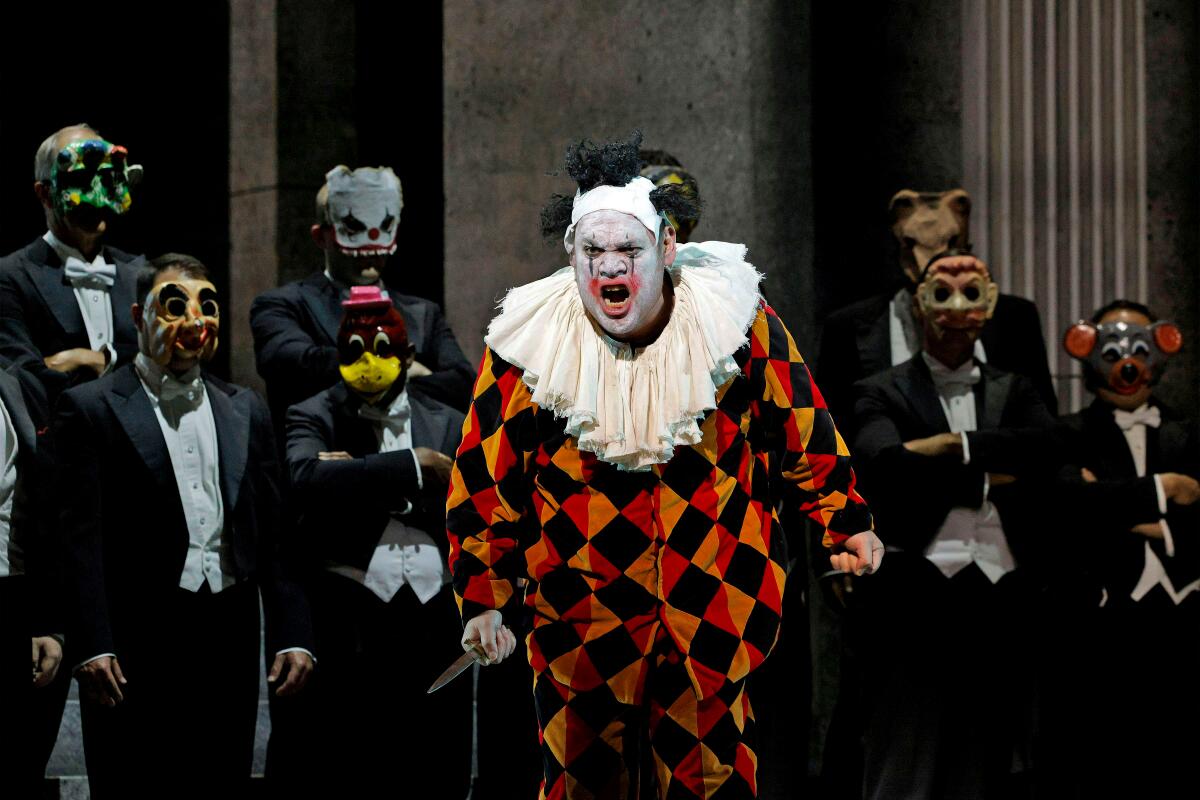


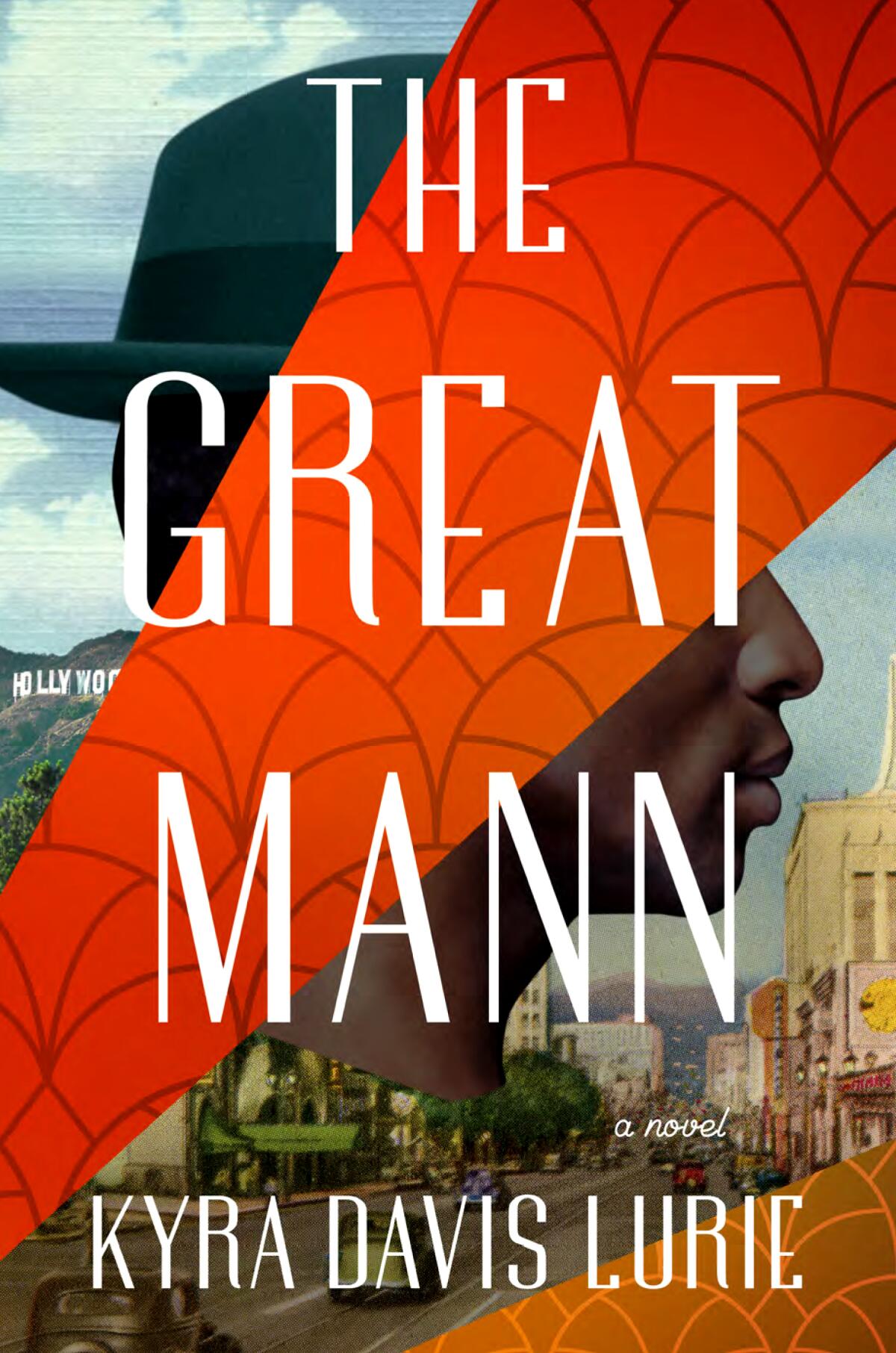



![Prince’s lyrics are personal and often have to do with overcoming pain, trying to be successful and live the “good life.” [Michela Moscufo/Al Jazeera]](https://www.occasionaldigest.com/wp-content/uploads/2025/06/IMG_5788-2-1748242592.jpg)





